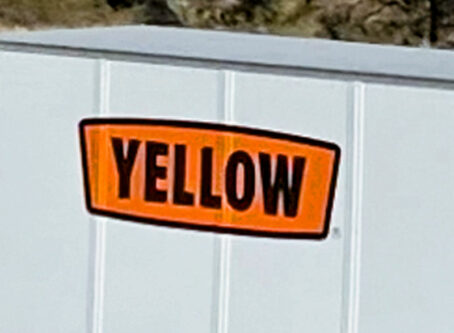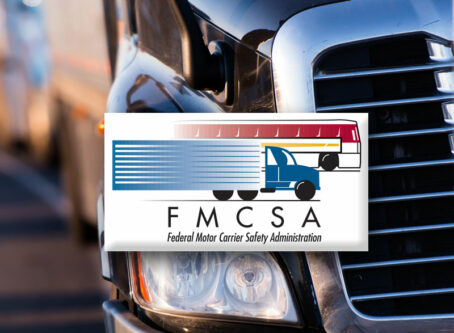New automobiles, parts qualify as emergency loads, FMCSA says
The Federal Motor Carrier Safety Administration has updated its guidance to include automobiles and parts to its list of loads that qualify under its COVID-19 emergency declaration.
FMCSA’s emergency declaration provides regulatory relief for truck drivers providing direct assistance in relief efforts related to the pandemic.
The declaration, which runs through Feb. 28, limits the regulatory relief to the following loads:
- Livestock and livestock feed.
- Medical supplies and equipment related to the testing, diagnosis and treatment of COVID-19.
- Vaccines, constituent products, and medical supplies and equipment, including ancillary supplies/kits for the administration of vaccines, related to the prevention of COVID-19.
- Supplies and equipment necessary for community safety, sanitation, and prevention of community transmission of COVID-19, such as masks, gloves, hand sanitizer, soap and disinfectants.
- Food, paper products and other groceries for emergency restocking of distribution centers or stores.
- Gasoline, diesel, jet fuel, and ethyl alcohol.
- Supplies to assist individuals impacted by the consequences of the COVID-19 pandemic, including building materials for individuals displaced as a result of the emergency.
On Feb. 11, FMCSA updated its frequently asked questions section to clarify that the transportation of new automobiles falls under the “supplies to assist individuals impacted by the consequences of the COVID-19 pandemic” category.
Q. Does item No. 7 in the current extension of the COVID-19 emergency declaration apply to the transportation of new automobiles and components, parts, and supplies necessary for the production of new automobiles?
A. Yes. The extension of the COVID-19 emergency declaration applies when the transportation of such components, parts and supplies is being impacted by the consequences of the COVID-19 pandemic. The justification for use of the relief provided by the extension of Emergency Declaration No. 2020-002 is the responsibility of motor carriers and drivers operating under the declaration.
A full list of frequently asked questions about the FMCSA emergency declaration can be found here.
The agency first issued the emergency declaration on March 13, 2020, and since has been modified and extended several times. The unprecedented federal exemption will be approaching the two-year mark by the end of this extension.
In August, FMCSA made several changes to the emergency declaration. Although some relief from the hours-of-service regulations were extended, the scope of the exemption was narrowed.
The most recent version of the emergency declaration provides an exemption only from the Federal Motor Carrier Safety Regulations’ 395.3, which sets a maximum driving time for property-carrying vehicles. Previous declarations covered parts 390-399 of the FMCSR with some exceptions. Of note, the exemption no longer covers 395.8(a), 395.8(k) and 395.11 related to driver’s records of duty status, supporting documents, and retention of driver’s records of duty status and supporting documents, as well as subpart B of part 395 related to electronic logging devices.
FMCSA also announced in August that it was adding a reporting requirement for motor carriers who use the exemption.
Motor carriers that voluntarily operate under the terms of the emergency declaration are to report within five days after the end of each month their reliance on the declaration.
To report, motor carriers can access their portal account, log in with the company’s FMCSA portal credentials, and go to the Emergency Declaration Reporting under the Available FMCSA Systems section on the page.
More information about emergency declarations can be found here. LL









